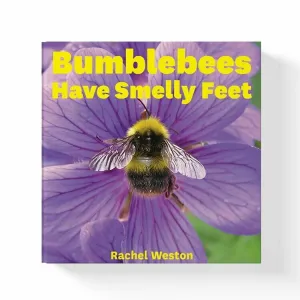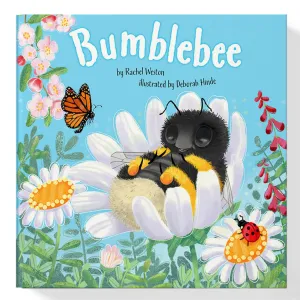Why Bumblebees Need Our Help
- Dec 3, 2024
- 3 min read
In New Zealand we have four species of bumblebees. These were introduced from England as early as 1885 specifically to assist with the pollination of red clover. Nowadays bumblebees are also used to pollinate greenhouse and orchard crops.

The much loved Bumblebee (bombus genus) appeals to many of us. There is something about their rambling bumbling gait and their buzzy noise that we love. They have round bodies covered in soft hair (long branched setae) called pile making them appear and feel fuzzy. They have aposematic (warning) coloration, often consisting of contrasting bands of colour.
Bumblebees feed on nectar using their long hairy tongues to lap up the liquid (the proboscis is folded under the head during flight. They gather nectar to add to the stores in the nest and pollen to feed their young. Bumblebees forage using colour and spatial relationships to identify flowers to feed from.
They do not have ears however they are sensitive to the vibrations made by sound travelling through wood and other materials. When they return from a successful foraging expedition they run excitedly around in the nest for several minutes before going out to forage again.
The females (queens and workers) have a sting and only sting if disturbed or handled roughly. Generally they are not aggressive at all.
Why are Bumblebees Important to Us?
Bumblebees are important because they pollinate our summer gardens, our wildflowers and our crops. They are important agricultural pollinators so their decline around the world is a cause for concern. The decline has been caused by a number of factors including removal of wildflowers and flowering tress from the landscape, habitat loss, the mechanisation of agriculture and extensive use of pesticides.
How did the Bumblebee get its Name?
The word ‘bumblebee’ is a compound of ‘bumble’ +’bee’ –‘bumble’ meaning to hum, buzz, drone or move ineptly or flounderingly. The generic name Bombus assigned by Pierre Latreille in 1802, is derived from the latin word for a buzzing or humming sound.
Bumblebees Work Hard!
A single bumblebee can do 50 times the work of a honeybee and carries a bigger payload of pollen. They will also pollinate flowers honeybees can’t. For example honeybees aren’t boisterous enough to dislodge pollen from tomato flowers where as bumblebees will vigorously buzz the flower and bee rewarded with showers of pollen falling on their bodies. This technique is known as ‘buzz pollination’. In a glasshouse one bumble bee can pollinate up to 450 flowers per hour.
Bumblebees carry up to 90% of their body weight in food and the level of activity required to fly is so great they are only ever 40 minutes away from starvation. They can reach ground speeds up to 54 kms per hour.
Bumble bees are fantastic navigators and can remember landmarks to help steer them back to the hive. They will forage out to about 1-1.5 km and equally so are also happy in confined areas. They will work from daylight to dark in rainy weather and will be out and about at temperatures just above freezing. They have a unique body temperature control system which keeps them warm when it’s cold and cool in the heat.
Bumblebees Have Smelly Feet!
Bumblebees have smelly feet and will leave a smelly footprint to show they have been to a flower. Other bees will be able to tell if the flower has already been looted! All flowers replenish their pollen and nectar at different speeds e.g. comfrey takes around 40-60 minutes to refill where as borage takes two hours. Other flowers can take days. Once the flower is full again the smelly footprint wears off giving the green light for whoever visits next. Bumblebees only store a few days worth of food so are more vulnerable to food shortages.
Bumblebee Books
Tauranga author, Rachel Weston has produced two bumblebee books, taking you on an amazing bumblebee discovery, that will help children, and the young at heart, understand the important role bumblebees play in growing our delicious foods and in our ecosystem.
Learn some fascinating buzz facts, information on why bumblebees have whiffy feet, how their bodies work, their super power eyesight, their family life cycle, fun experiments and more!
The New Zealand Bumblebee Conservation Trust is delighted to be associated with the publication and message of these books by. Welcome all to the wonderful world of bumblebees! We look forward to your help in growing the sounds of summer.



Comments